Now that the summers are officially upon us, it only means one thing: Taking off to the hills and doing a trek. If you’ve done the regular Manali-Kasol trip with the Kheerganga trek, the Triund trek and other one-two day treks, it’s time to take it a notch higher, literally and otherwise.
Come June, the limited (3-month) window to do the Valley of Flowers and the Hemkund Sahib treks respectively opens. Having done both last year, I highly recommend embarking on this once-in-a-lifetime trip, especially if you happen to be in Uttarakhand or around. So, here’s all the details you need to plan your Valley of Flowers and Hemkund Sahib trip this monsoon season.
What is Valley Of Flowers?
The enchanting Valley of Flowers is a high-altitude valley — elevation of 3600 meters — located in eastern Uttarakhand in the Nanda Devi mountain range in upper Himalayas. It’s famous for a rich and unique biodiversity including being home to over 200 varieties of flowers that bloom during the monsoons. Officially discovered by a few British travelers in the 1980s, it became a UNESCO world heritage site in 2002 and has been a popular trekking route ever since.
What is Hemkund Sahib?
Located in the same mountain range as Valley Of Flowers, Hemkund Sahib is a Gurudwara perched at an elevation of 4500 meters — for context, that’s about halfway to Mount Everest — by the banks of an alpine lake and nestled amongst snow-capped mountains. A trek to Hemkund Sahib is not only a spiritually gratifying experience, but also a thrilling and sensory one.
What is the best time to do Valley of Flowers and Hemkund Sahib?
Officially the trek to either opens in late May or early June as by then the winter snow has melted away and cleared the paths. But monsoons arrive soon after, bringing with them a host of issues such as landslides, flashfloods and storms in the area but also the flowers that the Valley is famous for. So really the only feasible time to do this trip is in the 2-3 month window between June through mid August. In this period, different varieties of flowers bloom at different times, but to see the maximum flowers at once, late June to late July is a good period. Towards June end, it starts to rain which could affect your trip, but a monsoon trek to Valley of Flowers has its own charm and many of the flowers bloom post the first showers.
Can I do Valley Of Flowers without doing Hemkund Sahib and Vice versa?
Yes you can but you shouldn’t and you’ll discover why as I get deeper into the itinerary. But essentially since both Valley Of Flowers and Hemkund Sahib have the same starting point (Govindghat) and getting there requires quite a bit of time and effort, it makes sense to get more out of your trip by doing both and not just one. Besides, both provide a very different experience -both visually and otherwise. Still, if you’re terribly time-crunched and/or don’t care about seeing exotic flowers on a lush velvet green valley with the snow-clad Himalayas for a view or an emerald lake at 4500 meters, you can skip Valley of Flowers or Hemkund Sahib respectively.
Now that I’ve convinced you that you need to do the Valley of Flowers and Hemkund Sahib trek, let’s get to the basics.
Doing a self-planned or a group tour trip to Valley Of Flowers
While one can do a trip to Valley of Flowers on one’s own (either by driving own car or public transport), it may not be the most cost effective or safe as compared to an organized tour with an experienced operator. I’m the biggest proponent of self-organized solo and two-person trips and slow travels but in rare cases, I do bat for an organized tour and Valley of Flowers is one of them and you’ll see why.
The typical 7-day itinerary for Valley Of Flowers and Hemkund Sahib goes like this:
Day 1 – Start from Rishikesh and get to Joshimath
Like most treks in the Uttarakhand region, the Valley of Flowers trip starts in Rishikesh where your tour operator will bundle you off in a 4WD or a mini tempo bus with a group of other travelers. Since I was already living in Rishikesh, I was ready to hop into our Tata Sumo at 9am and meet my fellow travel mates for the next one week. After a quick lunch stop in the outskirts, begins the gradual ascent through Eastern Uttarakhand, passing towns like Srinagar, Chamoli and Chopta on the way up. Feast your eyes on some beautiful landscapes as you pass verdant valleys, step farms, streams and waterfalls and steep and scary curves from your car throughout the journey. This region is prone to landslides and flooding so be prepared for delays, alternate routes and cancellations. If all goes well, you’ll reach Auli/Joshimath by sundown in time for a good home-made dinner and a rest before the big day ahead.
If you’re doing the trip on your own through public transport, you can take a local state bus till Auli and then look for hitchhiking or booking a taxi to get to Govindghat the next day.

Day 2- Joshimath > Govindghat > Pulna > Ghangharia
From Auli or Joshimath, it’s another two-hour drive to Pulna which is the official starting point to both the Valley of Flowers and Hemkund Sahib treks. Stop enroute for a quick photo at “Vishnu Prayag”, the confluence of Alaknanda and Dhauli Ganga rivers amidst a stunning scenery. Once at Pulna, you do a basic health test and register yourself at the counter. Now begins your 9km trek to “Ghangaria” the common and last stop point before the path splits up into two individual trails for Valley of Flowers and Hemkund Sahib Respectively.

Pro tip: Carry a backpack and keep it as light as possible. You’ll be lugging it for the next 9kms up a mountain. If you do decide to use a mule for your luggage or yourself, it’ll cost you anywhere between Rs. 500-800 per bag and Rs. 2500-3500 per person.
An appeal as an animal lover: Please don’t use a mule to trek up. Those poor animals are horribly over-burdened, underfed and abused in this trade and not supporting their evil owners is one way to slowly phase out this cruel practice.
The trek to Ghangaria is long but fairly easy as the path is broad and laid out smoothly. There are tea shops at about every two-hour point however as you need to get to Ghangaria before sundown, aim to finish your 9km trek in about 7 hours, stopping only enroute for a lunch and a couple of smaller tea breaks.
Stay in Ghangharia overnight
Ghangharia is a small nondescript alleyway that only springs alive to host and feed the travelers to Hemkund Sahib and VoF. It consists of several lodges, restaurants and shops to stock up on trekking basics like poles, raincoats, socks, snacks and souvenirs. It even has a Gurudwara where one can stay overnight for free in exchange for a small service. But if you’re with a tour company, you’ll be put up at one of the many basic lodges in Ghangharia for the next 3 nights. Don’t expect anything fancy as the place is functional only three months a year and so only very basic construction is in place and getting even hot water comes at an additional cost. Sleep early as tomorrow’s going to be a long day.

Day 3- Trek starts to Valley Of Flowers
Valley of Flowers is a relatively easy 4.5km trek up from Ghangharia. Depending on the weather, you can even do Hemkund Sahib before but since VoF is a shorter and ‘easier’ trek, I’d suggest doing it before and working your way up to the longer trek for the next day. After you buy a ticket for the entrance to Valley of Flowers, make sure to take a picture of the board that lists all the varieties of flowers in the region to be able to make sense of what you’re seeing around you when you get to the top.
If you’re lucky, you’ll have clear weather and you’ll enjoy the 4-hour trek which passes through some stunning scenery. Walk on rickety bridges to cross ice cold streams, past curtain-like waterfalls that roar like a nonstop applause to the theatre performance of nature, and feel humbled by towering mountains all around you. Soak it all in. It may feel routine then, but you’re in the middle of some of the most impressive landscapes not only in India, but in the world.
Protip: there’s no cafe or restaurant or luckily mules to carry you or your luggage up throughout the VoF trek so carry whatever you comfortably can. Your tour company will likely send you off with a sandwich and a packed juice. For anything more, carry it from Ghangharia.
Valley of Flowers: My Experience
As you traverse 3/4th of the way, the Valley will soon start to unravel, one flower at a time. Once at the top and you have the mercy of the rain god to provide visibility, you’ll see why it’s called the Valley of Flowers. However, mute your expectations because unlike the photoshopped pictures you see of Valley of Flowers, the 100 varieties of flowers won’t hit you like a carpet, but rather a few – say 10-15 varieties across a large area will peek over largely green flower beds. To be honest, the flowers only are a side actor to what the Valley of Flowers is all about and even if they were not in the picture (since we didn’t see many anyway), the real beauty and magic of the valley was up and far away rather than the ones nudging at our calves and ankles.
Amidst a relentless downpour enveloping the surroundings with a curtain-like fog, every now and then, the clouds parted with a slightest hint of sunlight unveiling a panorama of lush green valleys and endless mountains. The contrast of emerald green grassy plains against the backdrop of snow-capped peaks and those few moments of noone around, the clouds playing hide and seek, revealing one peak, hiding another, that’s what the Valley of Flowers is all about.

Enamoured and soaked, we made our way back down the trail, taking less time on the way down, and spent the night in the same hotel in Ghangharia.
Day 4 – Trek to Hemkund Sahib and back
The 6km trek to Hemkund Sahib sounds intimidating and laborious, but if you ask me, I found it like a walk in the park, just with a bit more effort. The path is broad, well laid out and is fenced at 90% of the trail making it safe. (Having done the Kheerganga trek before, I know what fear of a drop is like!) I mean Hemkund sahib sees everyone from children to geriatric pilgrims trekking up to pay their respects at the shrine so can’t be too hard right?
I started the day at 8am, and after a 6-hour trek up, past some amazing glaciers, flowers and mountain scenery, reached the Gurudwara at around 2pm with very little time to waste since you also have to finish your descent during daylight. So I spent about half hour at the gurudwara including feasting myself to a free and a very welcome lunch of warm khichdi and sweet chai at the gurudwara langar and another 15 minutes at the temple. Pictures don’t do justice to the actual visuals you see and experience at 4500 meters at the Hemkund Sahib, but here’s one with the Gurudwara and one of me trying my Chakrasana or wheel pose. (Thanks to my yoga school in Rishikesh)

At around 4pm, I started to come down, and compared to the ascent, it’s smooth sailing pretty much all the way down. I even stopped at multiple chai points to enjoy my last sightings of the majestic Himalayas at that height.
At about 7pm, I was back in Ghangharia and ready to crash the minute my head hit the pillow, even if it was mouldy, wet and cold. (Carry your own bed linen!)
Day 5 – Trek back to Pulna and optional segue to Badrinath
You’ll basically retrace your steps back to the starting point of the trek. If you start early enough (9am latest), you can reach Pulna by 12-1pm. Here you have an option to add one of the char dhams (four topmost holy pilgrimage sites of India) and visit the Badrinath temple located 25kms from Govindghat. However 25kms in the mountains ain’t regular 25kms — the drive up to Badrinath is steep and though treacherous passes and takes anywhere from one and a half to two hours (provided there’s no landslides.) Once in the temple grounds, pay your visit to the ancient Vishnu temple, feel the divine energy of the place, and soak your tiredness away at the natural hot springs located at a lower level. Start back from Badrinath by latest 4pm and settle back in your hotel back in Auli/Joshimath for the night.
Day – 7 Drive back to Rishikesh with an option to stay back in Chopta or a brief stop at Devprayag
Just like the way up there, you’ll start your way back to Rishikesh passing the same now familiar valleys, charming mountain villages and endless mountains on the way back. Here you have an option to stay back in Chopta — a popular tourist destination in its own right – or head straight back to Rishikesh after. If you have the time, by all means do that as it’s not everyday that you’re in the most stunning region that Uttarakhand has to offer. On the way back, about an hour before Rishikesh, insist on your driver making a brief stop at Devprayag – the confluence point where the Bhagirathi and Alaknanda rivers come together – each with their distinct turquoise and monsoon-muddy waters to form the mighty Ganga that will be on your left throughout the way back from here on. You should reach Rishikesh around sundown and should you decide to spend a day or two here, here’s a list of best cafes in Rishikesh that you must check out.

Cost of the Valley Of Flowers and Hemkund Sahib Treks
If you decide to go with a tour company — which I strongly recommend you should — it’ll cost you around Rs. 8,000 to Rs. 12,000 inclusive of transport, stay and food depending on the brand, amenities provided and other things.
I paid Rs. 8,500 + an additional Rs. 500 for the Badrinath leg and 500 for route change due to landslides so my total trip cost was around Rs. 10,500~ which I found totally worth the money. I met many people on the trip that came with IndiaHikes and other tour operators and paid a lot more but also got better facilities in terms of the hotel.
Protip: How to choose the best organizer for Valley Of Flowers/ Hemkund sahib?
This is more of a marketers’ hack. But it works every single time. Look up “Valley of Flowers” trek organizer on Google and spend some time on the websites you find. Close. Within minutes, you’ll be flooded with ads from similar companies on Facebook and Instagram. (Hello remarketing magic!) So do your research and choose the company that offers a price and itinerary that suits you the best. Like I said, you can also do this trip on your own using public transport, but the last mile transport from say Joshimath to Pulna and back and getting the hotel in Ghangharia during a peak season might be tricky or work out a lot more expensive on your own.
Now that I’ve given the entire lowdown of the Valley Of Flowers and Hemkund Sahib treks, hopefully you’ll do this trip better, smarter and get a lot more out of it.
Do let me know in the comments if you have more questions or your experience if you do end up doing the trip.
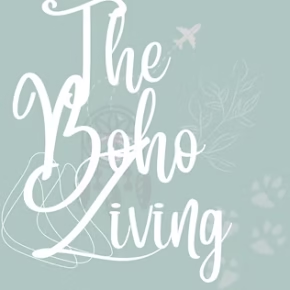


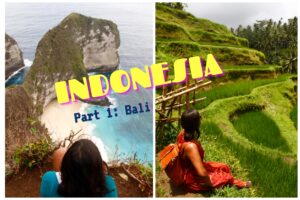
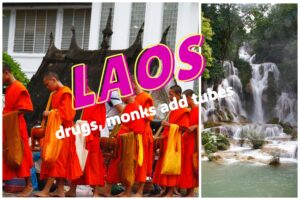

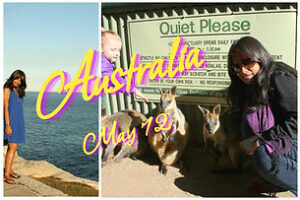
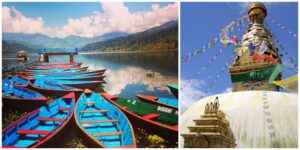
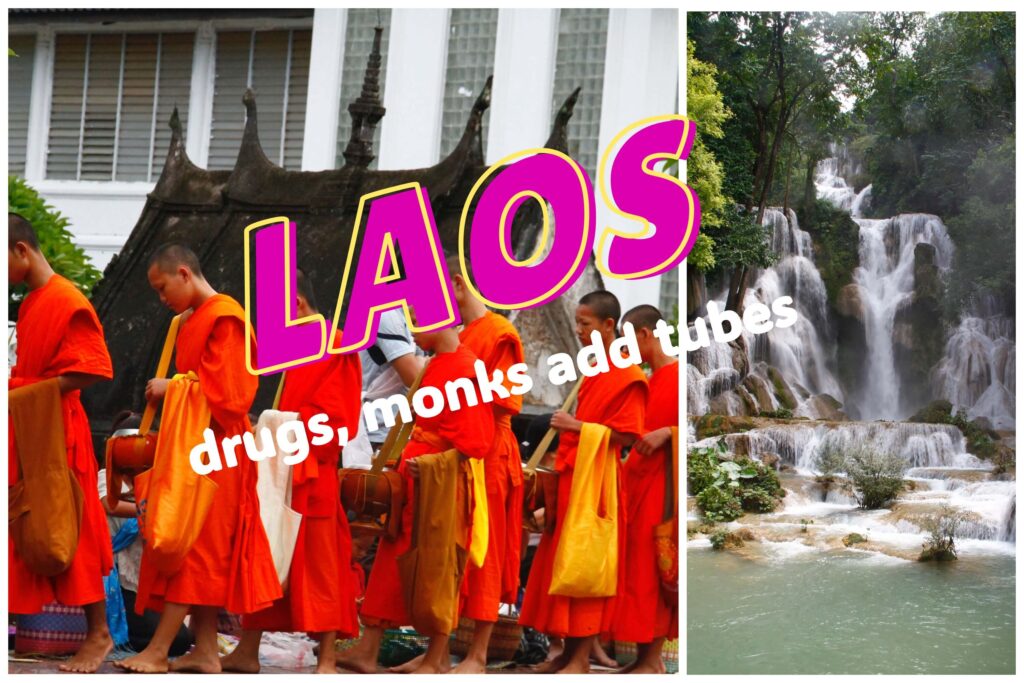
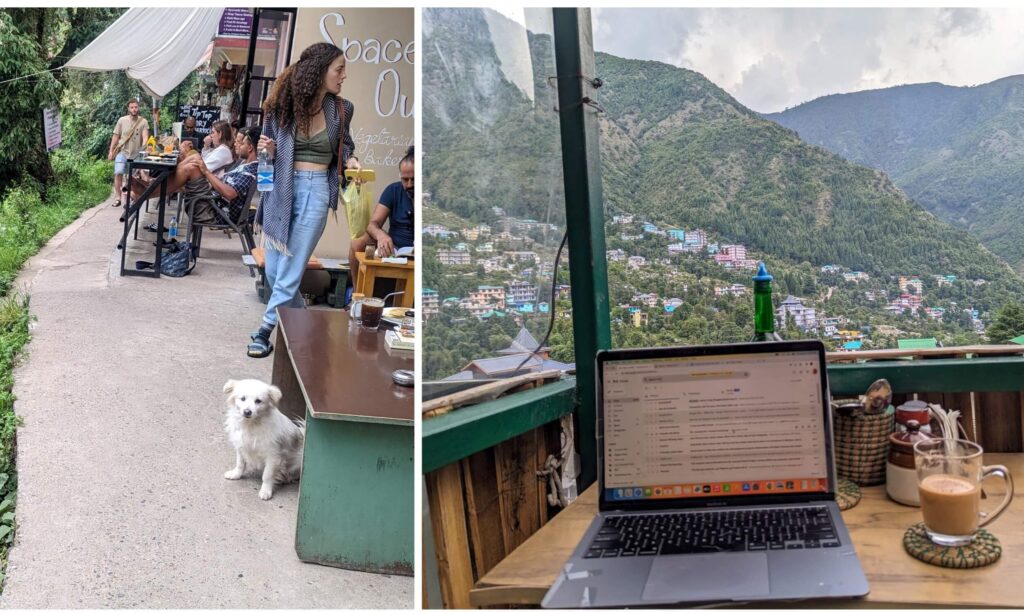
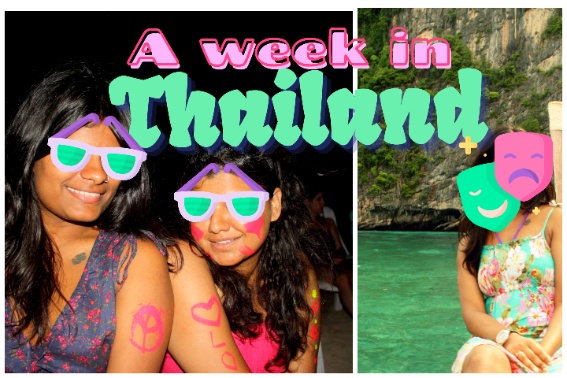
4 thoughts on “How To Plan A Trip To Valley Of Flowers And Hemkund Sahib Uttarakhand”
Great Insights Monika…I am just in starting phase of planning the trip like arranging for holidays from office (lol! Hope u get it) …But kudos to you for all the info; will let you if my plan was successful or not. Have a great life ahead.
Keep travelling !
Shivam
Thanks! If you manage to do it, lemme know how it went! All the best!
Hii, I am also planning to visit valley of flowers. I had a query, I’m reaching haridwar at 8am, so any possibility of me getting a bus or jeep at that time to go to joshimath? And what will be the expense?
Btw very informative blog!!
TYSM<33
Hey yes, you can get a local UPRTC bus at that time. If not to Joshimath, you can take it to Rudraprayag or even Ukhimath, and get another one from there. Check this: